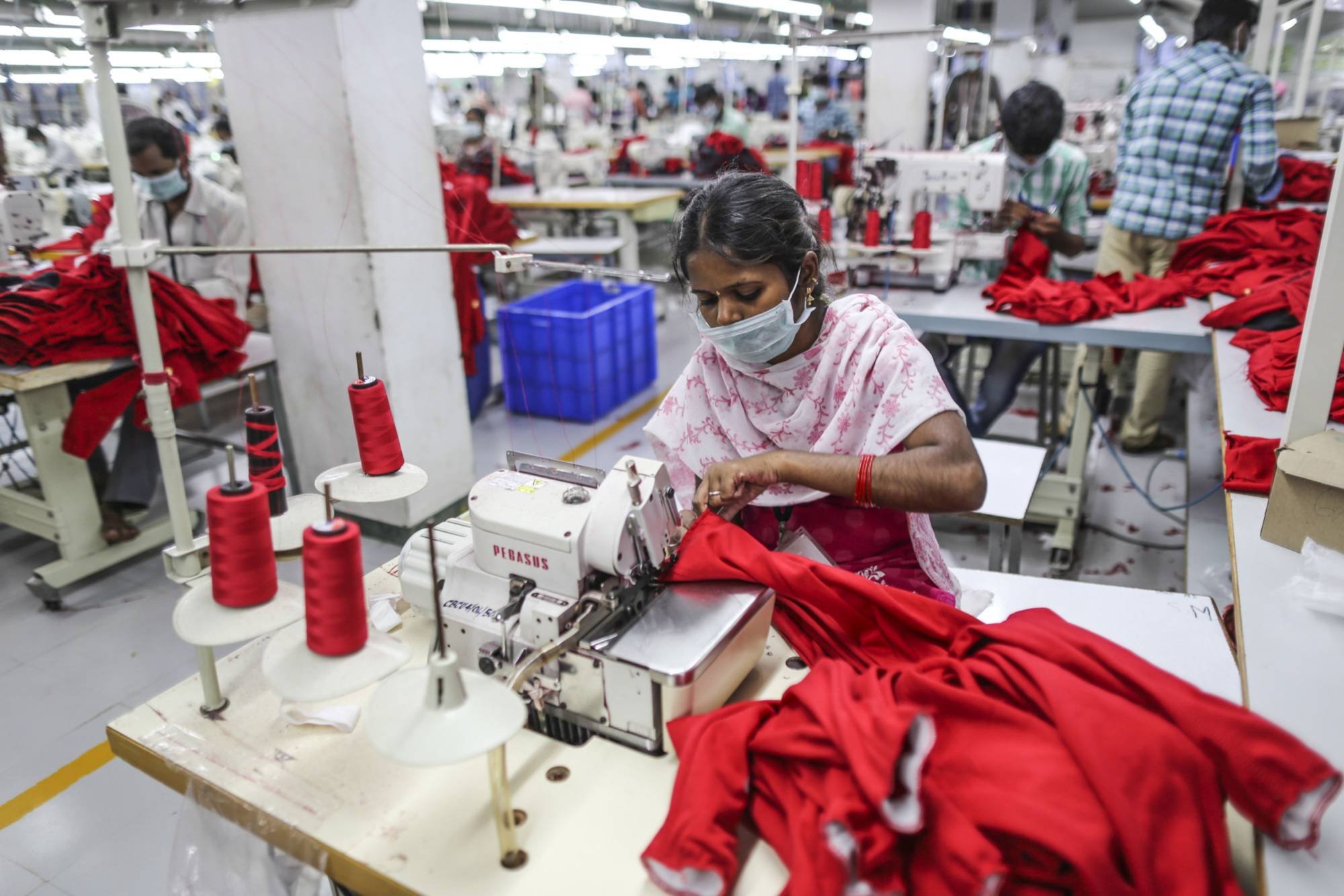Protectionism is on the rise in many parts of the world, and the COVID-19 pandemic is only partly to blame. This is hardly a new phenomenon. When I was Indonesia’s trade minister a decade ago, trade liberalization certainly did not have broad popular support.
Although lowering or eliminating tariffs usually benefits many producers and consumers, it might endanger the livelihoods of some. Understandably, they loudly opposed such measures. A fuller understanding of the uneven distributional effects of trade — put simply, who gains and who loses, where and why — is critical to design better supporting policies and to provide governments with the right narrative to allay such concerns.
Aggregate economic data leave no doubt that the rapid increase in global trade over the past 30 years has been a powerful engine of growth and prosperity, dramatically reducing poverty in developing countries. From 1990 to 2017, the share of trade in these countries’ GDP increased from 16% to 30%, helping to cut the proportion of the world’s population living in extreme poverty from 36% to 9%.


















With your current subscription plan you can comment on stories. However, before writing your first comment, please create a display name in the Profile section of your subscriber account page.